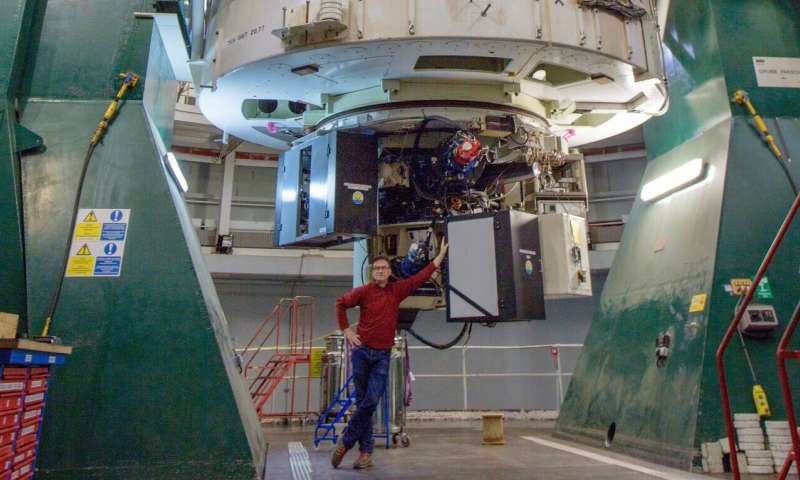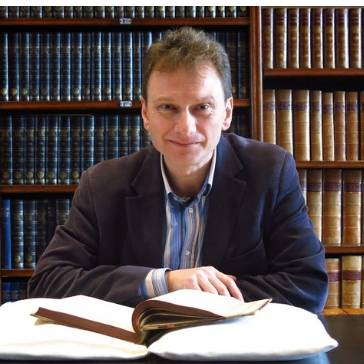New frontier for science as astronomers detect gas molecules in comet from another star
An international team of astronomers, including Queen's University Belfast researchers, have made a historic discovery, detecting gas molecules in a comet which has tumbled into our solar system from another star.

It is the first time that astronomers have been able to detect this type of material in an interstellar object.
The discovery marks an important step forward for science as it will now allow scientists to begin deciphering exactly what these objects are made of and how our home solar system compares with others in our galaxy.
"For the first time we are able to accurately measure what an interstellar visitor is made of, and compare it with our own Solar system," said Professor Alan Fitzsimmons of the Astrophysics Research Centre, Queen's University Belfast.
Comet Borisov was discovered by Crimean amateur astronomer Gennady Borisov in August. Observations over the following 12 days showed that it was not orbiting the Sun, but was just passing through the Solar system on its own path around our galaxy.
By 24 September it had been renamed 2I/Borisov, the second interstellar object ever discovered by astronomers. Unlike the first such object discovered two years ago, 1I/'Oumuamua, this object appeared as a faint comet, with a surrounding atmosphere of dust particles, and a short tail.
Alan Fitzsimmons and colleagues from Europe, the United States and Chile used the William Herschel Telescope on La Palma in the Canary Islands to detect the gas in the comet but doing so was tricky.
He said: "Our first attempt was on Friday 13 September, but we were unlucky and were thwarted by the brightness of the sky so close to the Sun. But the next attempt was successful."
Astronomers at the observatory pointed the giant telescope at the comet low down in the morning sky between 6am and 7am last Friday. Passing the faint comet light into a spectrograph, this enabled the astronomers to measure how much light the comet was emitting as a function of wavelength, or colour.
See here for article.

